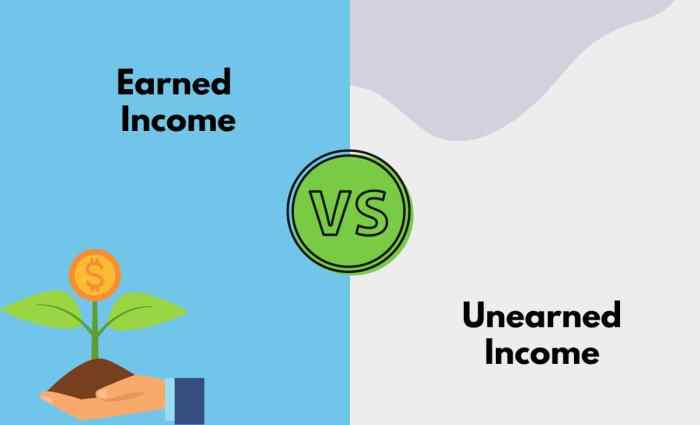Understanding the difference between earned and unearned premiums is crucial for anyone involved in the insurance industry, from actuaries and underwriters to accountants and regulators. This seemingly simple distinction has profound implications for an insurance company’s financial health, regulatory compliance, and overall operational efficiency. This guide delves into the intricacies of earned and unearned premiums, exploring their definitions, calculation methods, and impact on various aspects of insurance operations.
We will examine how policy cancellations affect premium allocation, the role of reserves in financial reporting, and the regulatory considerations surrounding these crucial aspects of insurance accounting. Through illustrative scenarios and practical examples, we aim to provide a clear and comprehensive understanding of this fundamental concept within the insurance world.
Defining Earned and Unearned Premiums

Understanding the difference between earned and unearned premiums is crucial for accurate financial reporting in the insurance industry. These terms represent the portion of a premium that an insurance company has the right to recognize as revenue, based on the time period covered by the policy.
The fundamental difference lies in the timing of revenue recognition. Earned premiums represent the portion of the premium that corresponds to the period of coverage that has already passed. Conversely, unearned premiums represent the portion of the premium that relates to the future coverage period. Essentially, earned premiums reflect services already rendered by the insurer, while unearned premiums represent future obligations.
Examples of Insurance Policies with Significant Earned and Unearned Premiums
Long-term insurance policies, such as multi-year property insurance or life insurance contracts, typically exhibit significant amounts of both earned and unearned premiums. For example, a three-year homeowner’s insurance policy paid upfront will have a substantial unearned premium component at the policy’s inception. As each year passes, a portion of the premium is recognized as earned, while the remaining balance continues to be classified as unearned. Similarly, a whole life insurance policy with annual premiums will have both earned and unearned premium components throughout its duration. Short-term policies, such as many auto insurance policies, will have a smaller proportion of unearned premiums.
Accounting Treatment of Earned and Unearned Premiums
Insurance companies account for earned and unearned premiums using the accrual method of accounting. Unearned premiums are initially recorded as a liability on the balance sheet, representing the insurer’s obligation to provide future coverage. As time passes and coverage is provided, a portion of the unearned premium is recognized as earned premium and transferred to the income statement as revenue. This process is often referred to as “earning down” the premium. The amount of premium earned during a period is calculated based on the proportion of the policy period that has elapsed. For example, if a one-year policy costing $1200 is halfway through its term, $600 would be considered earned, and $600 would remain unearned.
Comparison of Earned and Unearned Premiums
| Characteristic | Earned Premium | Unearned Premium |
|---|---|---|
| Definition | Portion of premium corresponding to the period of coverage already provided. | Portion of premium corresponding to the period of coverage yet to be provided. |
| Financial Statement | Income Statement (Revenue) | Balance Sheet (Liability) |
| Time Element | Past coverage | Future coverage |
Last Recap

In conclusion, the distinction between earned and unearned premiums is a cornerstone of sound insurance practice. Accurate calculation and management of these premiums are vital for maintaining solvency, meeting regulatory requirements, and ensuring the long-term financial stability of insurance companies. A thorough grasp of the principles discussed here empowers stakeholders to make informed decisions, navigate complex scenarios, and contribute to a robust and transparent insurance market.
Key Questions Answered
What happens to unearned premiums if a policyholder dies?
The beneficiary will typically receive a refund for the unearned portion of the premium, although the specific process depends on the policy terms and the insurer’s procedures.
How are unearned premiums taxed?
The tax treatment of unearned premiums varies depending on the jurisdiction and specific circumstances. Generally, unearned premiums are not taxed until they are earned. Consult a tax professional for specific guidance.
Can an insurance company change the way they calculate earned premiums?
Generally, insurers cannot unilaterally change their methods of calculating earned premiums for existing policies. Any changes would typically require regulatory approval and would likely be subject to policy terms and conditions.
What are the consequences of underestimating unearned premium reserves?
Underestimating unearned premium reserves can lead to an inaccurate representation of an insurer’s financial position, potentially impacting their credit rating and solvency. It could also result in regulatory penalties.